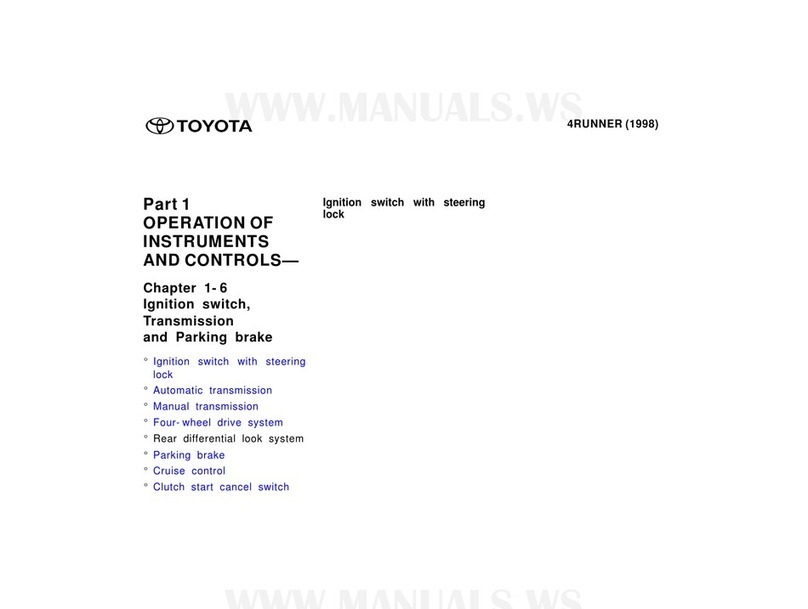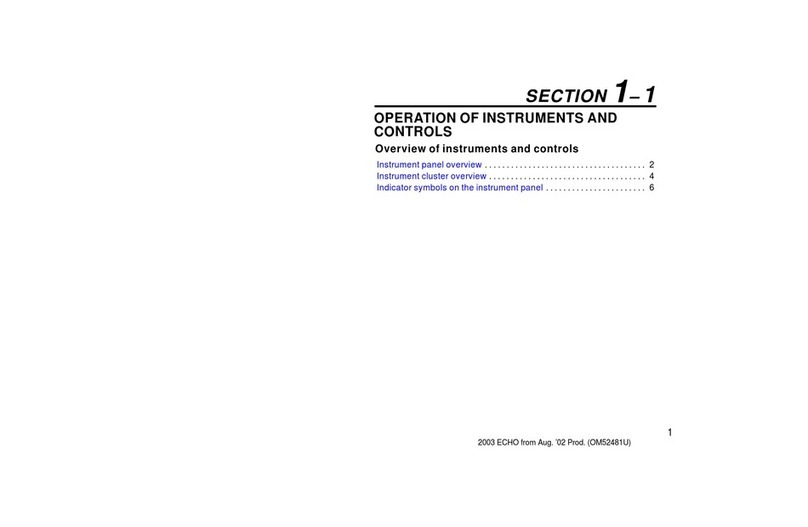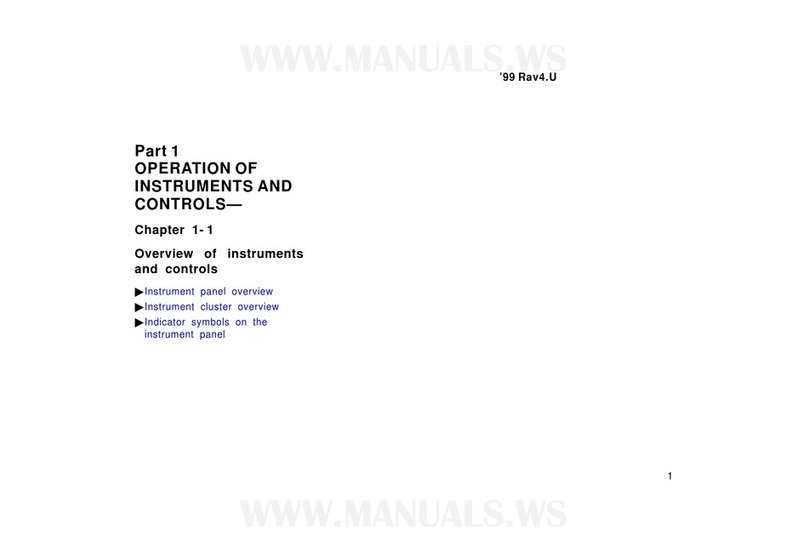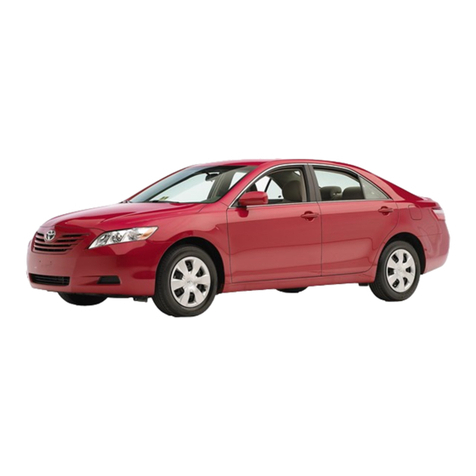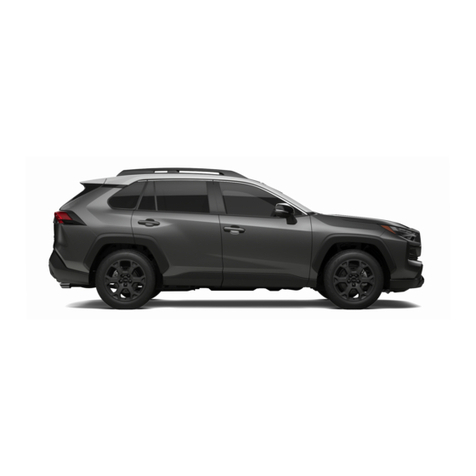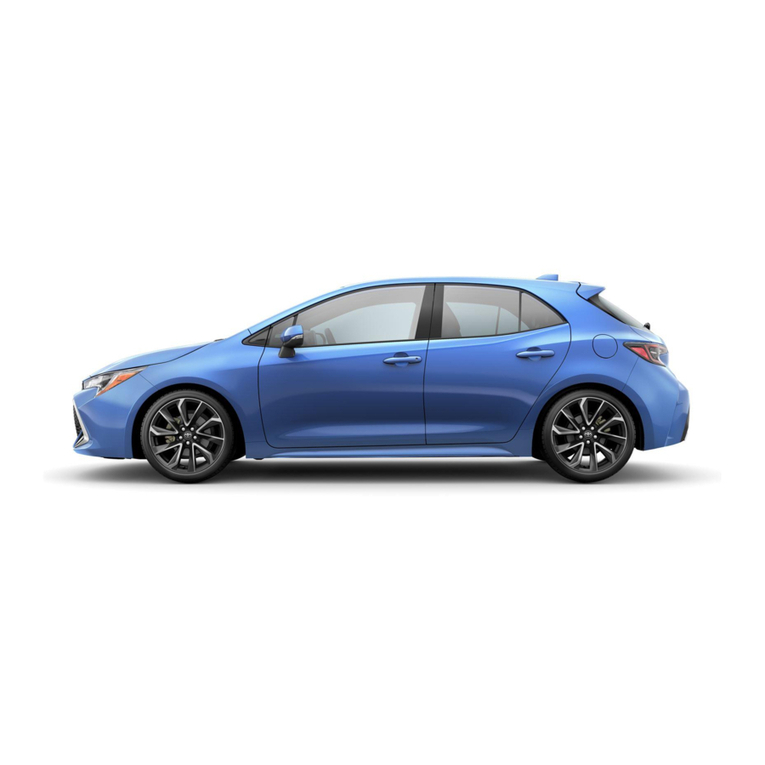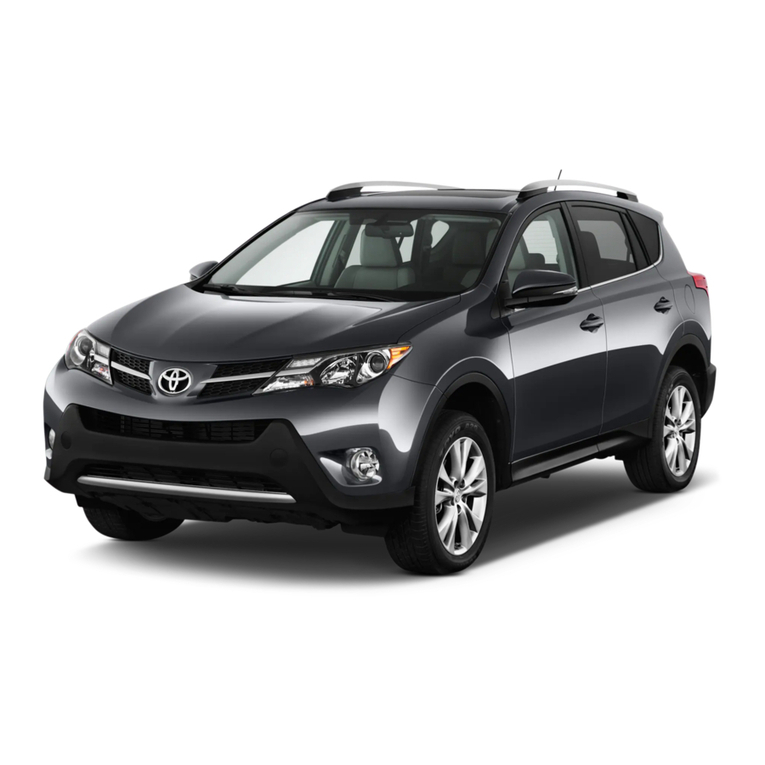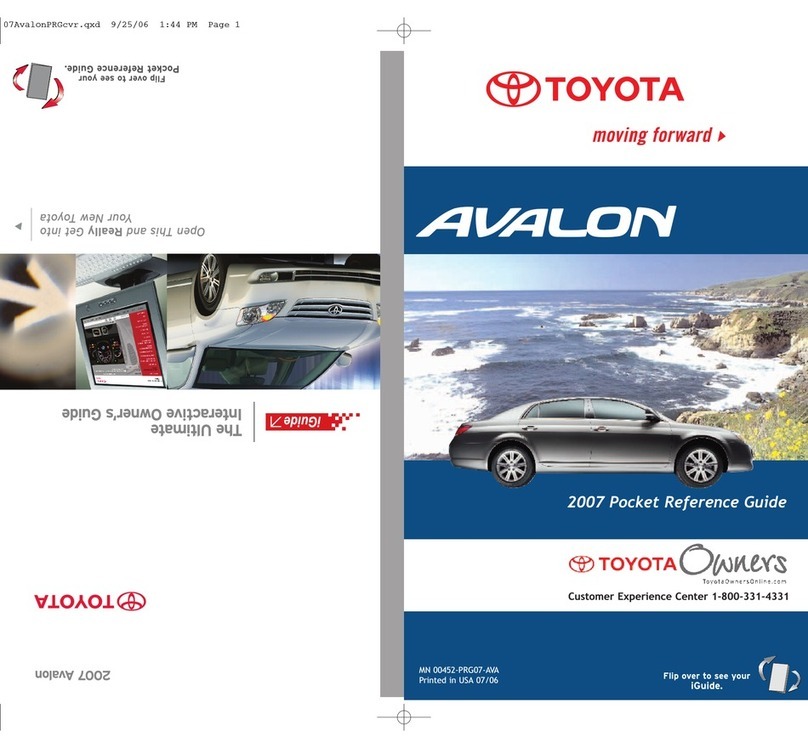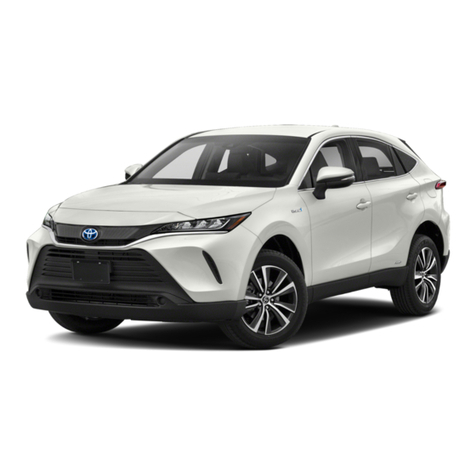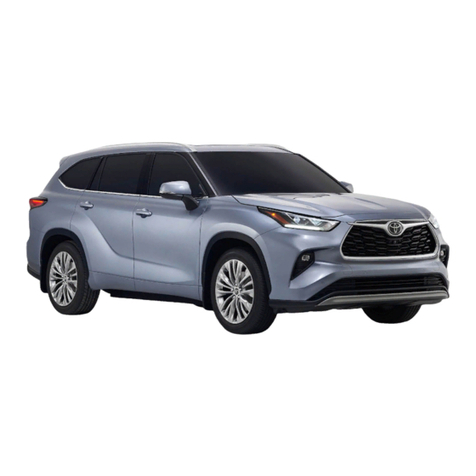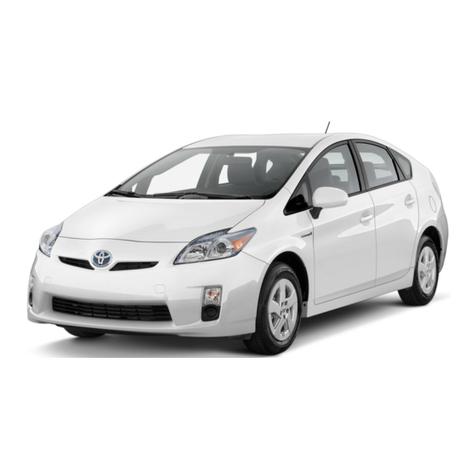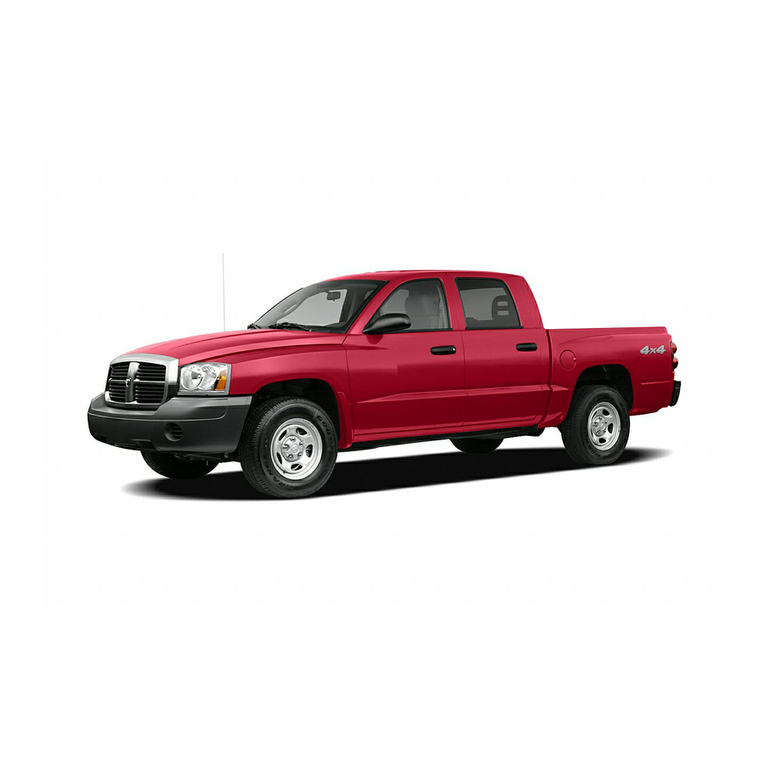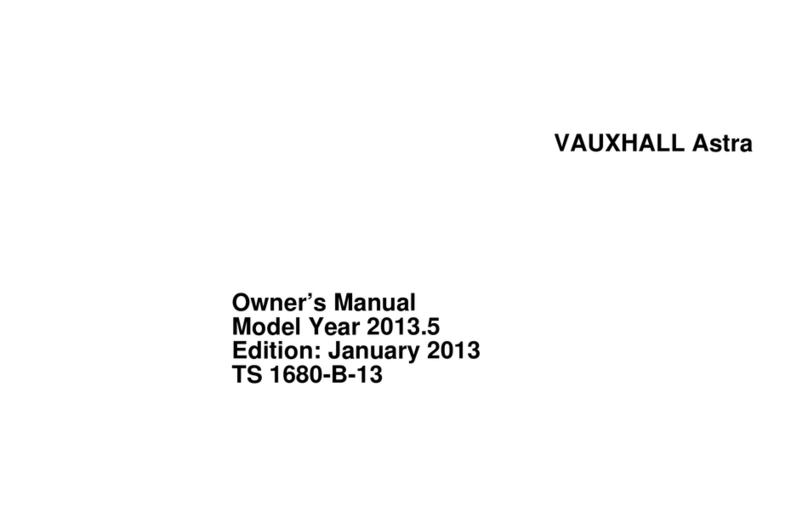
1
OVERVIEWELECTRIC VEHICLE SYSTEMFEATURES & OPERATIONSTOYOTA SAFETY SENSE
SAFETY &
EMERGENCY FEATURES
INDEX
Hood release 9
Indicator symbols 4-5
Instrument cluster 4
Instrument panel 2-3
Instrument panel light control 8
Keyless entry1,2 6-7
Motor maintenance 9
Opening/closing charging port lid 8
Smart Key System1,2 7
1Visit your Toyota dealer for information on customizing this feature.
2Programmable by customer. Refer to the “Owner’s Manual” for instructions and more information.
3HomeLink®is a registered trademark of Gentex Corporation.
OVERVIEW
ELECTRIC VEHICLE SYSTEM
FEATURES & OPERATIONS (continued)
FEATURES & OPERATIONS
SAFETY & EMERGENCY FEATURES
Charging 11-16
Charging equipment 10
Charging information 20
Charging schedule217-19
Charging system safety functions 21
Electric Vehicle System 10
My Room Mode 21
Air conditioning/heating1,2 34
Audio 36
Auto lock/unlock1,2 22
Bird’s Eye View Camera
with Perimeter Scan 47
Blind Spot Monitor (BSM)2and
Rear Cross Trafc Alert (RCTA)240
Clock 24
Cup holders 25
Door lock switches 24
Electric parking brake 28
Front and Rear Parking Assist with
Automatic Braking (PA w/AB)2 44-45
Front seats-Adjustments 29
Garage door opener (HomeLink®)338
Heated steering wheel 35
Heated/ventilated seats 35
Height Adjustable, Hands-Free
Power Liftgate1,2 26-27
Intuitive Parking Assist246
Lights1,2 & turn signals 30-31
Multi-Information Display (MID)1,2 33
Power outlet-12V DC 37
Power sunshade 25
Power windows124
Qi Wireless charger 37
Radiant heaters 33
Rear Camera Detection245
Rear seats-Folding 29
Rear view monitor system 43
Safe Exit Assist (SEA)241
Seats-Head restraints 29
SNOW mode 39
Steering wheel switches &
telephone controls (Bluetooth®) 32
Tilt & telescopic steering wheel 25
Transmission 22-23
USB Type-A media port 36
USB Type-C charge ports 36
Vehicle Stability Control (VSC)/TRAC/
Trailer Sway Control OFF switch 39
Windshield wipers & washers131
X-MODE 42-43
Floor mat installation 70
Rear door child safety locks 66
Safety Connect®66
Seat belts 65
Seat belts-Shoulder belt anchor 65
Star Safety System™69-70
Tire Pressure Monitoring
(warning) System (TPMS) 67
Tire repair kit & tools 68
GETTING STARTED WITH TOYOTA
AUDIO MULTIMEDIA AND
CONNECTED SERVICES 72-83
TOYOTA SAFETY SENSE™ 3.0 (TSS 3.0)
Automatic High Beams (AHB) 62-63
Cruise Control 60-61
Full-Speed Range Dynamic Radar
Cruise Control (DRCC) 57-60
Lane Departure (LDA) Alert with
Steering Assist 54-56
Lane Tracing Assist (LTA) 53
Over-The-Air (OTA) Updates 49
Pre-Collision System with Pedestrian
Detection (PCS w/PD) 50-52
Quick overview-Toyota
Safety Sense™ 3.0 (TSS 3.0) 48-49
Road Sign Assist (RSA) 63-64
Sensors 49



